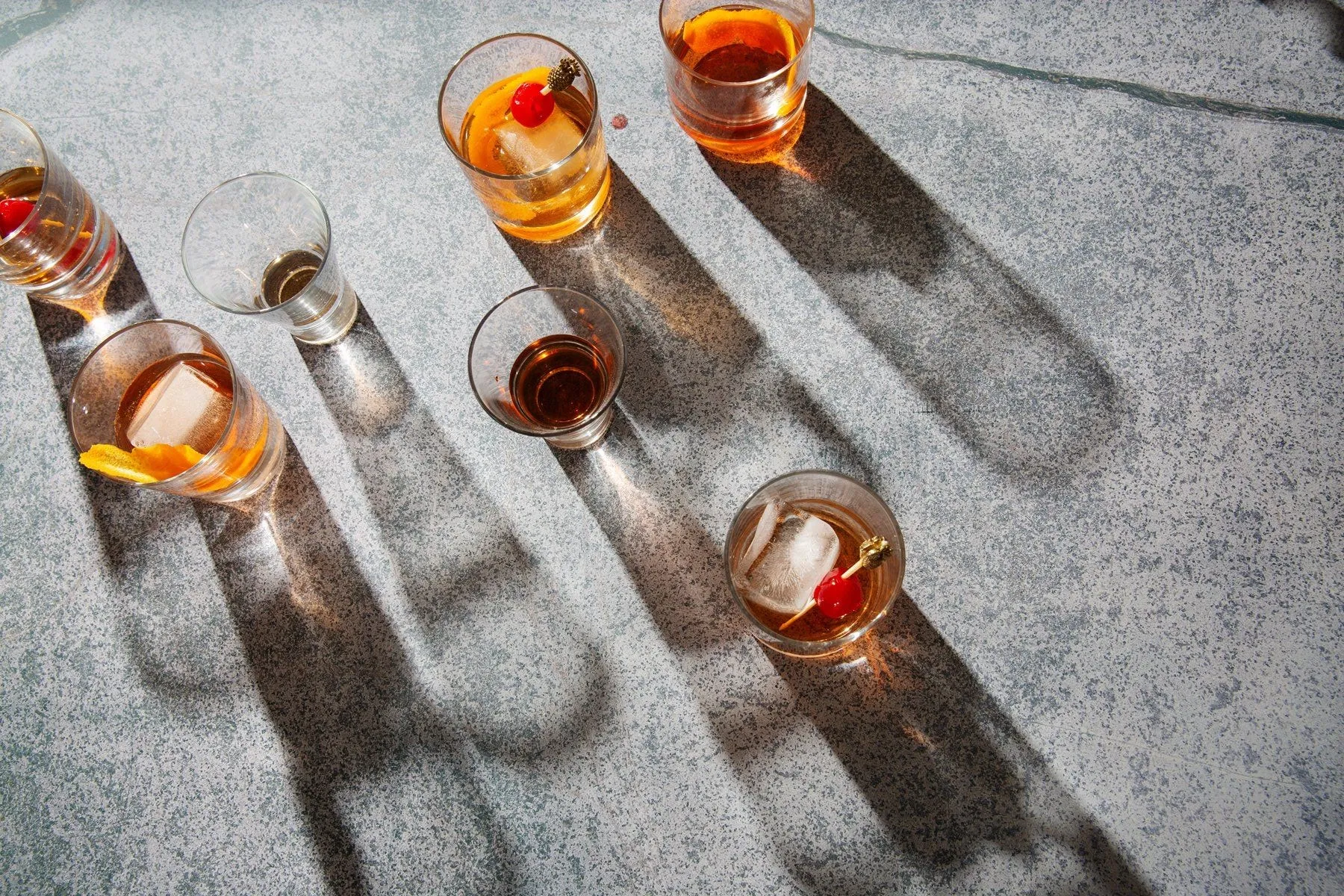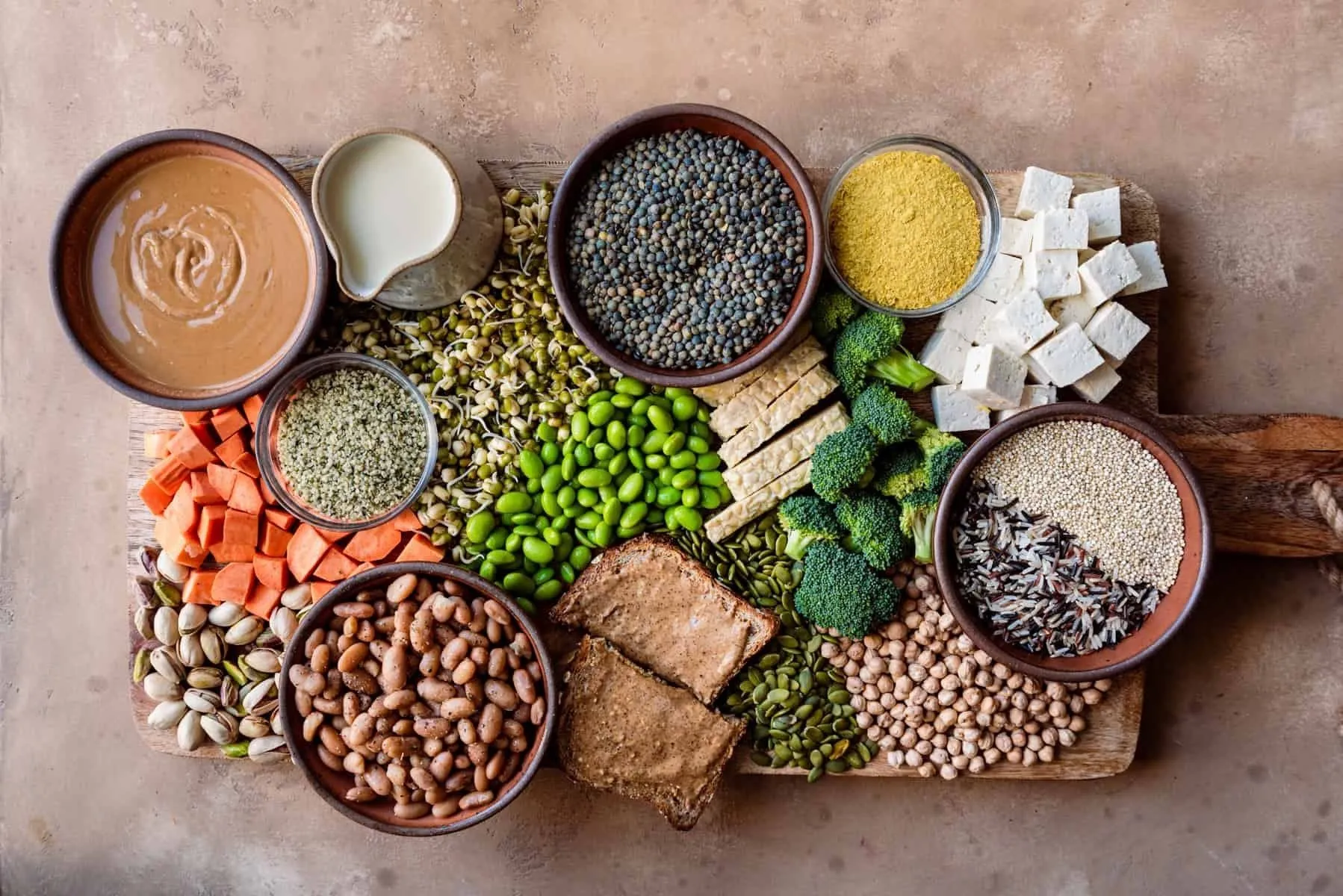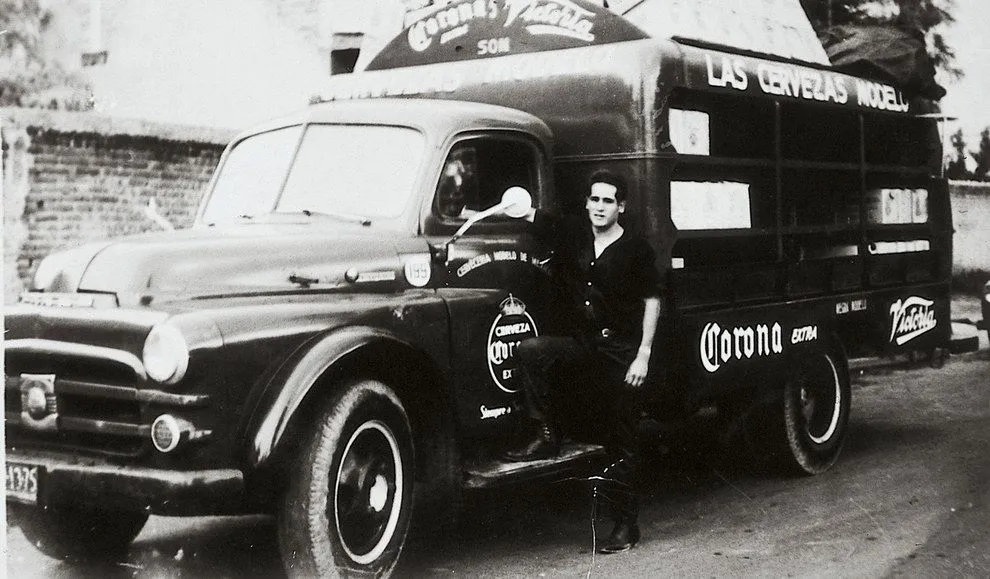
Beer that was never sold in kegs and carries the idea of relaxation on an ocean coast with a gentle breeze. This transparent small bottle with a black-and-white label is known all over the world. It’s Corona — an incredibly successful company, an exceptional marketing story, and beer that conquered the world.
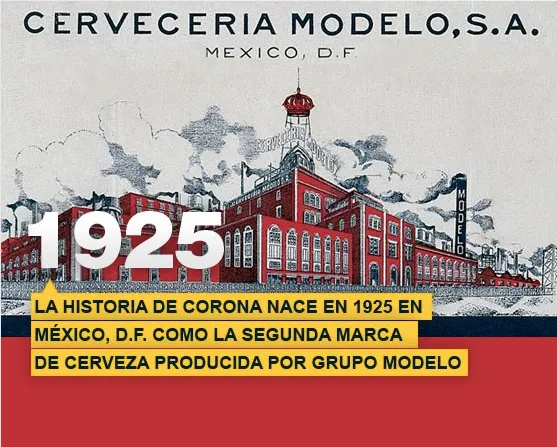
The history of the Modelo brewery began in the 1800s. It produced popular beer in Mexico, and by 1925, the company had become one of the largest beer suppliers on the market.
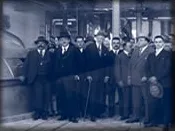
That same year, the company opened an office and a brewery in Mexico City. It was then that Pablo Diez Fernandez entered its history. He became the creator of the legendary beer. However, the success of the beer was not due to unique technology but to a powerful marketing story.
In fact, the idea of light barley beer, which consumers associated with beach vacations, was already actively used by Jamaican breweries at the time. However, this idea was not protected by copyright, which Modelo took advantage of. Interestingly, the company gained full rights to the concept of light barley beer only after 50 years of legal battles.
By 1928, over 8 million bottles of Corona beer had been sold.
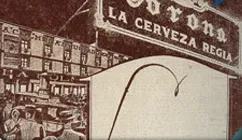
The company held incredible promotional campaigns that left Mexico City residents in awe and admiration before giant neon signs advertising the beer.
And although the beer was officially sold only in Mexico, it was smuggled into the United States, where it gained increasing popularity.
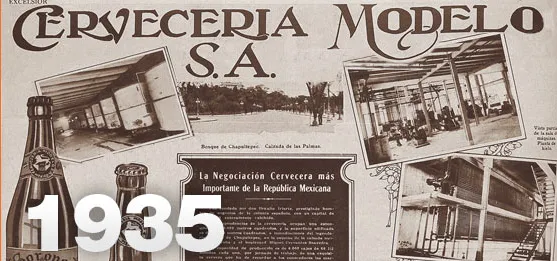
By 1935, the Modelo brewery and Corona beer had become the most recognizable and popular across Mexico. The company’s strategy was based on constant quality improvements and the friendly image of the brand.
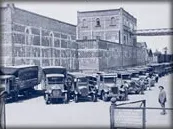
Corona began pushing its main competitor, pulque — a traditional alcoholic drink made from young agave juice — off the market.
The company introduced innovations that continually surprised consumers. For instance, Modelo was the first to print the name of the drink directly on the bottle, while others used only paper labels.
By 1943, the legendary slogan appeared: "20 million Mexicans can’t be wrong."

At the same time, Modelo began collaborating with local celebrities. In 1944, artist Catalano released a series of calendars and printed materials for cafes and restaurants featuring the Corona brand.
By 1950, one of the most successful television series of the time aired across Mexico — “Ah? viene Martín Corona,” naturally sponsored by Modelo. The company invested heavily in developing the entertainment industry.

Breaking a bottle of Corona beer, Modelo’s director, Pablo Diez, opened the Corona school for employees' children.
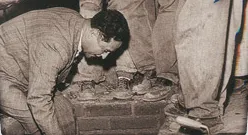
Renovation work on the Diablos Rojos del Toluca stadium was undertaken, with the company investing in the development of sports. By 1960, Modelo introduced its first canned beer under the brand Modelo Especial.
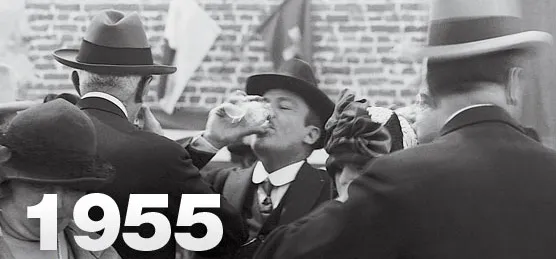
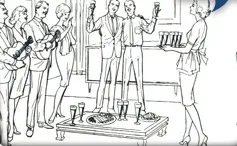
At the same time, the launch of Corona Family Size beer began, with a message aimed at strengthening family values. The legendary Bellezas Naturales campaign was introduced, inspired by themes of purity and the "golden" light of the sun.
In 1979, Modelo began officially exporting Corona beer to the United States.
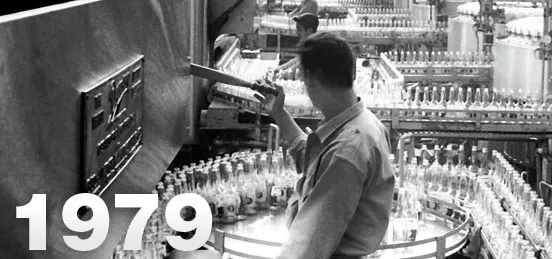
By 1985, Corona beer was being exported to Japan, Australia, New Zealand, and European countries. By 1986, Corona became the second most popular imported beer brand in the United States (and by 1997, the first).
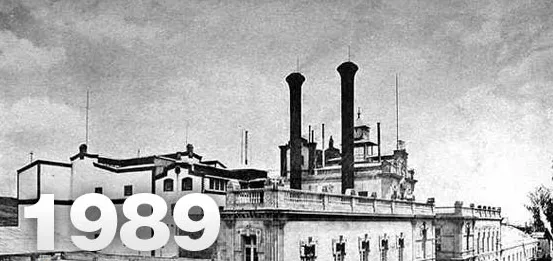
In 2006, the company merged with Constellation Brands. Currently, Corona beer is produced exclusively in Mexico, sold in more than 150 countries, and ranks among the top five best-selling beer brands in the world.
The idea of serving beer with a lime wedge in the bottleneck to prevent flies from entering also originated in Mexico. The citrus scent repels insects.


